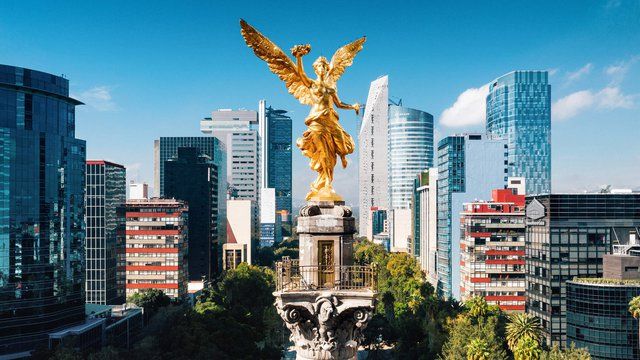Mexico’s GDP increased 3.1% in 2023 according to preliminary figures from the Mexican government, a lower dynamism compared to the 3.9% rise in 2022.
According to Banco Base, considering the known figures for the first five years of the current six-year term, as well as an estimated growth of 2.5% for the current year, Mexico’s economy would be ending the six-year term with an average annual growth of 0.96% with respect to the GDP level with which it ended the previous six-year term (fourth quarter of 2018).
Compared to what was observed in previous administrations, the current six-year term of President Andrés Manuel López Obrador shows the worst performance since the six-year term of Miguel de la Madrid Hurtado (1982-1988), when the economy grew at an average annual rate of 0.51 percent.
Considering the population growth in the period and that its trend has been downward, the evolution of GDP per capita shows a slightly more favorable outlook for López Obrador’s administration.
With an estimated population growth of 6.05% over the six-year period, GDP per capita is estimated to end the six-year period with a contraction of 0.17 percent.
Although this per capita GDP growth is lower than that observed during Enrique Peña Nieto’s six-year term (when it grew 4.11%), it would exceed that recorded during Felipe Calderón Hinojosa’s six-year term, when it contracted 0.95% following the U.S. financial crisis.
Mexico’s GDP
Putting this economic growth in the global context of the recovery from the Covid-19 pandemic, Banco Base notes that the high pace of growth Mexico has experienced is not out of the ordinary.
In the aftermath of the pandemic crisis, the recovery of global economies has not been uniform.
Mexico’s recovery has been slow compared to what has been observed in other countries.
Although at the end of the third quarter of 2023 Mexico’s GDP was already 4.44% above its 2019 (pre-pandemic) GDP level, in a list of the 45 largest economies in the world, Mexico ranked 31st.

